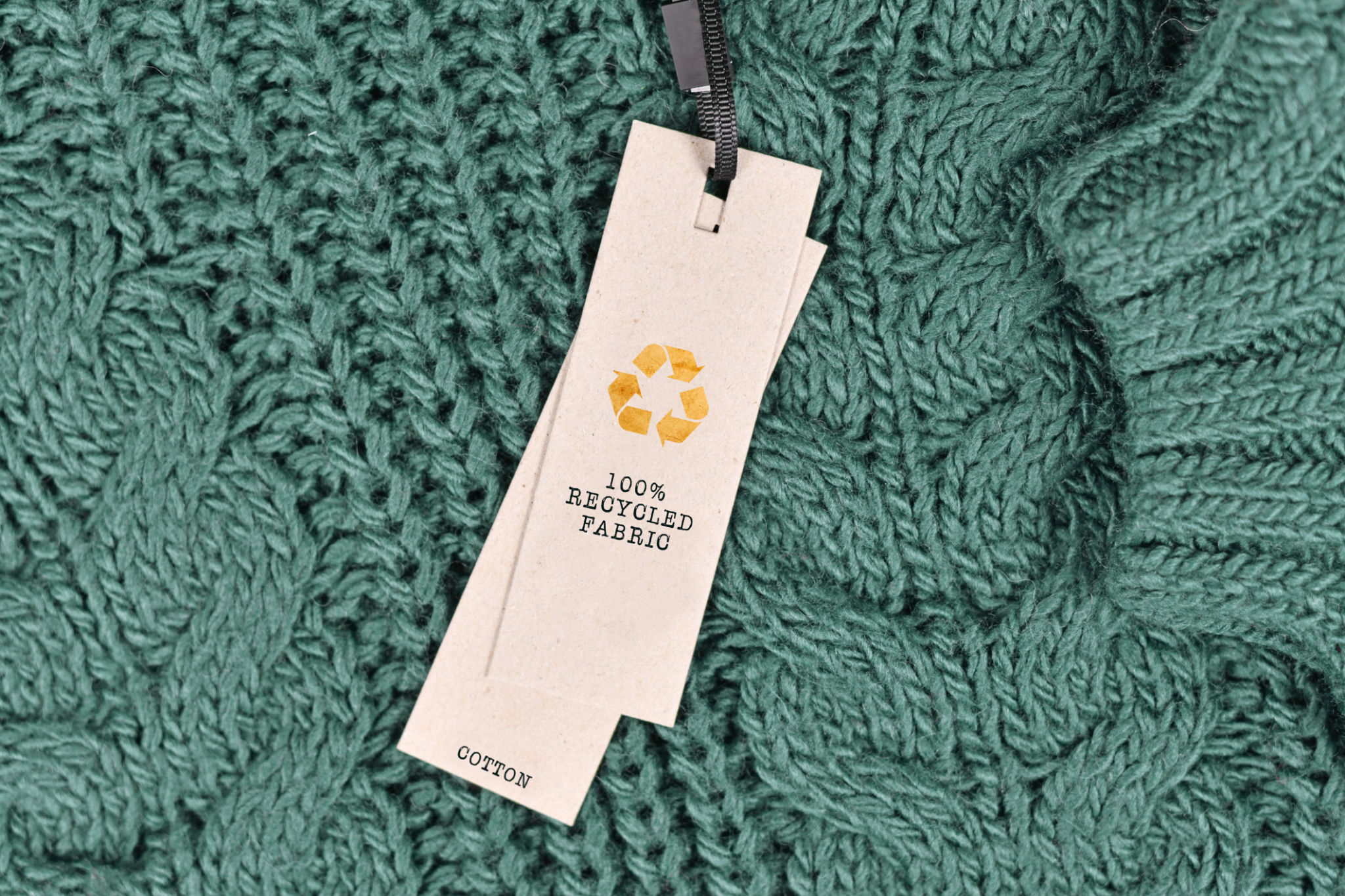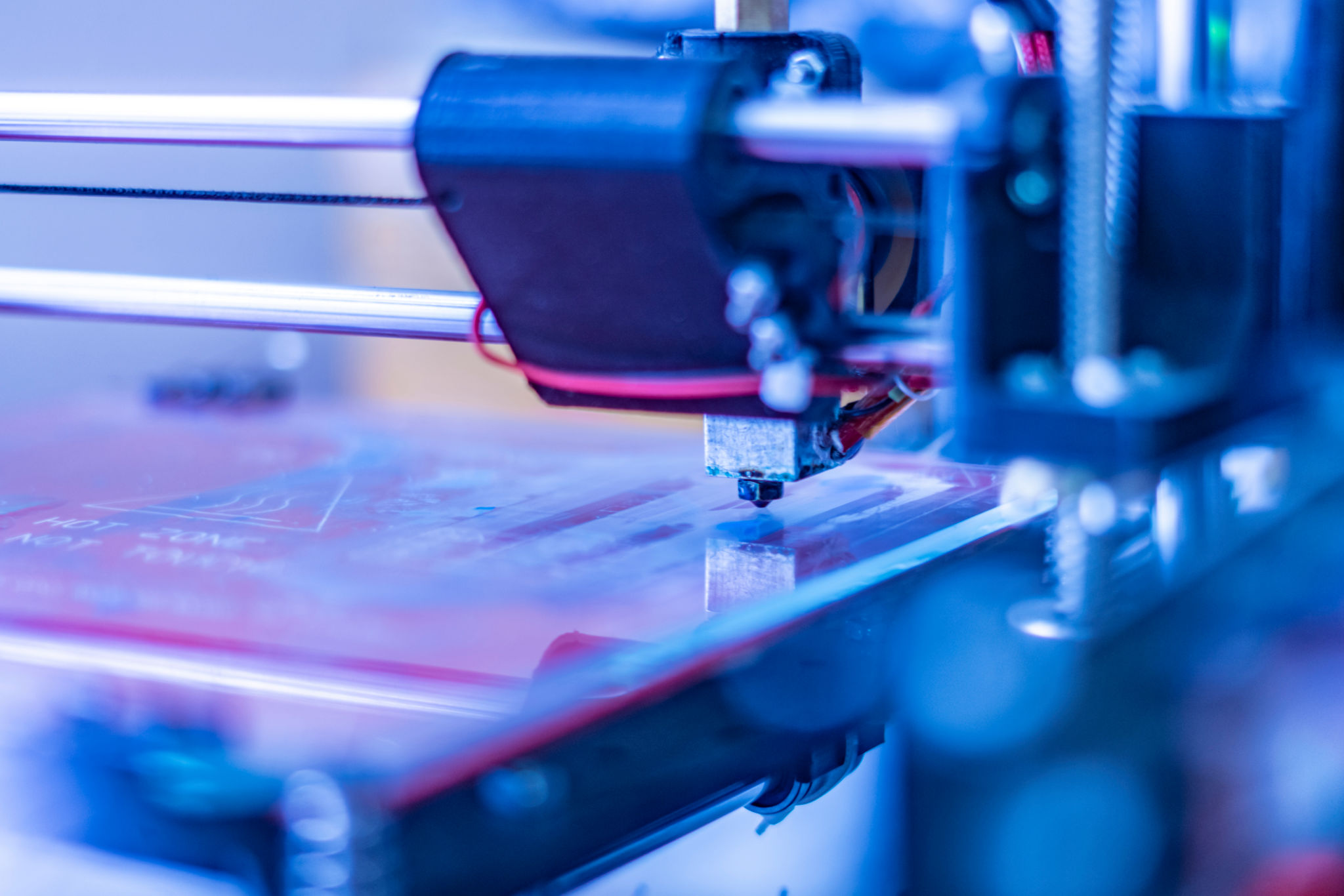A Guide to Sustainable Fashion Tech Innovations
Introduction to Sustainable Fashion Tech
The fashion industry has long been criticized for its environmental impact, from excessive waste to pollution. However, the integration of technology into fashion has paved the way for sustainable practices that are revolutionizing the industry. This guide will explore some of the innovative technologies that are helping designers and brands reduce their ecological footprint while maintaining style and quality.

Smart Textiles and Materials
One of the most exciting developments in sustainable fashion is the creation of smart textiles. These materials are designed to be both functional and environmentally friendly. For example, some fabrics have been developed to change color or texture in response to environmental conditions, reducing the need for multiple garments. Additionally, biofabrication is gaining traction, with materials like lab-grown leather and spider silk offering sustainable alternatives to traditional textiles.
Recycled and Upcycled Materials
Recycling and upcycling are at the forefront of sustainable fashion tech. Brands are increasingly using recycled materials, such as polyester made from plastic bottles, to create new garments. Upcycling takes this a step further by creatively repurposing old materials into new designs, minimizing waste and promoting circular fashion.

3D Printing and Customization
3D printing technology is transforming the way we approach fashion design and production. By enabling designers to create intricate patterns and pieces with minimal waste, 3D printing not only reduces material use but also allows for greater customization. Consumers can now enjoy tailor-made garments that fit perfectly, reducing the need for mass-produced clothing that often ends up in landfills.
On-Demand Manufacturing
On-demand manufacturing is another promising innovation in sustainable fashion. This approach involves producing garments only when there is a confirmed order, significantly reducing overproduction and waste. By leveraging digital platforms, brands can offer a wide range of designs without needing to stockpile inventory, leading to a more sustainable production cycle.

Blockchain for Transparency
Blockchain technology is not just for cryptocurrencies; it is also being used to enhance transparency in the fashion supply chain. By recording each step of the production process on a blockchain, brands can provide consumers with information about where and how their clothing was made. This increased transparency helps promote ethical practices and allows consumers to make more informed purchasing decisions.
Traceability and Ethical Sourcing
Traceability is crucial for ensuring that materials are sourced ethically and sustainably. With blockchain, consumers can trace the origins of their clothing, from raw materials to finished products. This level of detail encourages accountability and fosters trust between brands and their customers.

The Role of AI in Fashion Sustainability
Artificial intelligence (AI) is playing an increasingly important role in making fashion more sustainable. AI algorithms can predict trends, optimize supply chains, and even suggest sustainable materials based on design specifications. By improving efficiency and reducing resource consumption, AI is proving to be a valuable tool for sustainable fashion innovation.
Future Prospects
The future of sustainable fashion tech looks promising as more companies adopt innovative solutions to reduce their environmental impact. As consumers become more aware of sustainability issues, demand for eco-friendly products will continue to rise, encouraging further advancements in this field. By embracing these technologies, the fashion industry can move towards a more sustainable future.
